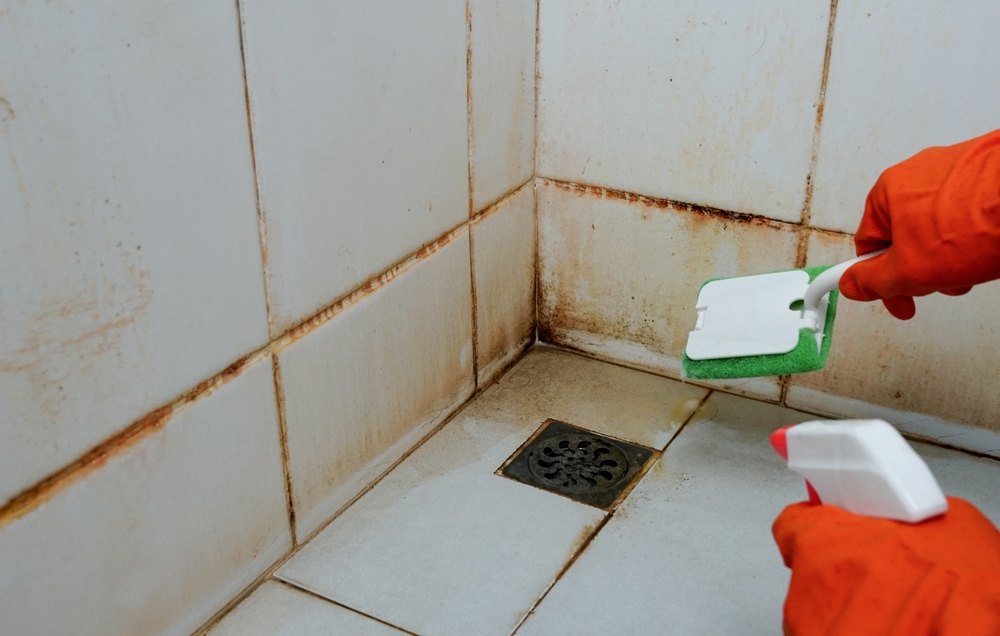Stop relying on bleach to rid your bathroom of mold. This common approach only masks the problem instead of solving it. Discover a more effective solution.
Others are reading now
Mold in bathrooms is a universal issue, largely due to the constant moisture in these spaces. Not only is it unsightly, but it also poses health risks. For years, bleach has been the go-to solution for tackling bathroom mold, but this is actually a bad idea.
The use of bleach can be hazardous to health, causing allergic reactions, skin and eye irritation, toxicity if ingested, respiratory issues, headaches, and more.
Furthermore, bleach is inefficient against mold. It acts merely as a “band-aid,” temporarily hiding the mold, which then reappears more aggressively than before. While it might seem effective initially, bleach only pushes the mold deeper into surfaces, ensuring its return.
Also read
Bleach may work on non-porous surfaces, but it is useless in showers. Most showers have grout and caulking, which are porous materials.
A far more effective, long-lasting, and healthier solution exists, and it’s also better for the environment. Contrary to popular belief, the answer isn’t white vinegar, but hydrogen peroxide.
To use this method, mix two-thirds water with one-third hydrogen peroxide in a spray bottle and thoroughly spray the affected area. Allow it to work for at least 10 minutes, re-spraying occasionally to prevent the solution from drying. Then, scrub and rinse with clean water. This method is highly effective at permanently removing mold from showers.
The only downside is the potential difficulty in eliminating mold from silicone joints in the shower. Once mold develops in these areas, it can be extremely challenging to remove.
Persistent mold in silicone joints may require removing and replacing them. If the mold hasn’t yet settled in the joints, take preventative measures. Use a squeegee on shower walls, wipe down the joints with a cloth after showering, run your ventilation system, or open a window to reduce moisture.


